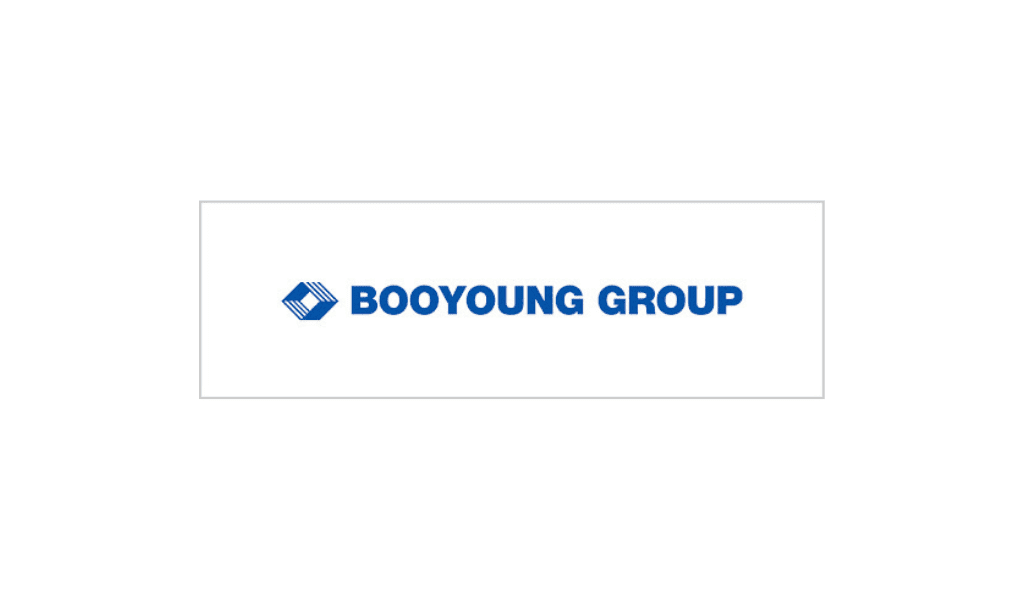Choosing the right reimbursement program pays off.
By Craig Powell
By 2020, mobile workers will account for 72 percent of the total U.S. workforce, according to a recent report by IDC. Given this anticipated growth, it’s imperative that employers fairly and accurately reimburse their employees for any business-related driving expenses. Radio Shack, Walgreens, and Starbucks (see sidebar) are just a few of the organizations that have been involved in reimbursement-related lawsuits, which proves that no business -not even a high-profile one -is exempt from ensuring employees’ business-related expenses are covered.
Lawsuits like these show that many of today’s employers don’t fully understand how to accurately and fairly reimburse mobile employees for business mileage. Many choose to use cents-per-mile programs, which have long been used to because they are easy to administer and can oftentimes be paid tax-free. But many employers don’t have the full confidence that they’re providing the most accurate and cost-effective reimbursement program.
Cents-Per-Mile Options
Cents-per-mile programs reimburse employees using a set rate for each business mile driven. Most companies that reimburse using a cents-per-mile rate provide the IRS mileage rate, which is calculated annually based on nationally averaged costs of operating a vehicle during the previous year. The IRS rate is intended to be a way for non-reimbursed workers to calculate their tax-deductible business expenses. However, it’s not a required -or recommended -reimbursement rate. As long as it can be substantiated, employers can either choose to reimburse using a cents-per-mile rate that’s higher or lower than the IRS rate or they can choose an entirely different reimbursement methodology.
Companies often choose to use a cents-per-mile rate because it seems easy; rather than calculating each employee’s driving costs, employers can simply use a flat rate per mile for all employees. The reimbursements can be paid tax-free as long as the cents-per-mile rate doesn’t exceed the IRS mileage rate, and these programs typically work well for employees who drive sparingly for business.
Still, this type of reimbursement program comes with substantial drawbacks. Cents-per-mile programs can be inaccurate estimators because they do not account for each employee’s individual driving costs. No two employees incur the same costs when they drive for business: one may live in a city with high insurance and fuel costs, and another may live in an area with lower driving costs. Using the same cents-per-mile rate to reimburse both employees may under-reimburse the former and over-reimburse the latter.
These programs can also be very costly and encourage mileage padding because every additional mile reported means more money in an employee’s pocket. A 2016 study by Chrome River found that travel expense fraud costs the U.S. economy $2.8 billion annually, with over reported business mileage used as a tactic by 34.5 percent of fraudulent reporters.
Even if employees aren’t padding mileage, the costs of a cents-per-mile program can still be inflated. This is especially true for high mileage employees. For example, if an employee who drives 25,000 business miles a year is reimbursed at the 2016 IRS rate of $0.54, he or she receives $13,500 in mileage reimbursement -over a third of what it costs to purchase a brand new car and a significant over-reimbursement for most employees. On the other hand, if the reimbursement rate is too low and cannot be fairly defended, companies face legal risk, particularly in states like California where labor laws are especially strict.
This is not to say that there aren’t circumstances in which cents-per-mile programs make sense. They can be the best option for companies with smaller mobile work forces and for low-mileage employees. In general, these employees drive for business on a few occasions and don’t require a car to perform their day-to-day job. A cents-per-mile rate is most cost-effective for these employees and the companies they work for because the reimbursement can be paid tax-free, and the company isn’t paying for downtime when the car isn’t in use.
How to Create a Compliant Cents-Per-Mile Program
If a cents-per-mile reimbursement is the best option for an organization, there are steps that can be taken to ensure that it’s compliant with IRS and labor laws.
If the cents-per-mile rate differs from the IRS rate, employers need to consider taxability and defensibility. If the reimbursement is above the IRS rate, employers must be able to justify the expense; any reimbursement over the IRS rate that isn’t justified should be treated as taxable income. If the cents-per-mile rate is below the IRS mileage rate -this is more common -it’s essential for employers to use data to support the cents-per-mile rate In order to ensure that it covers employees’ costs and to safeguard the company against legal action.
Employees also must keep mileage logs to substantiate reimbursements on a cents-per-mile program if the reimbursement is being paid tax-free. To comply with IRS-requirements, mileage logs must contain the date, destination, business purpose, and mileage for each business trip. Commuter mileage should typically be considered personal mileage that is excluded from reimbursement. While many companies require that employees keep detailed mileage logs, it’s common for employees to fall behind or to estimate poorly when keeping paper logs. This exposes employees and their employers to risk in the event of an audit.
Fixed and Variable Rate (FAVR) Reimbursement
Cents-per-mile reimbursement programs present challenges, but there is an alternative approach – the Fixed and Variable Rate (FAVR) Reimbursement methodology. FAVR is the only IRS-recommended reimbursement methodology, and it is more accurate than cents-per-mile rates. Reimbursements are customized for each employee based on location and business mileage and can also be paid tax-free, making them a cost-effective option.
While FAVR plans offer increased accuracy compared to cents-per-mile programs, FAVR does have some limitations. There are certain guidelines for FAVR reimbursements to qualify for tax-free status:
• an employee must drive at least 5,000 business miles a year
• At least five employees must be on a FAVR reimbursement plan at all times during the year.
Companies can still choose to use the FAVR methodology regardless of whether these guidelines are met, but any reimbursements in excess of the IRS mileage rate would be subject to taxation.
Ensuring that reimbursement programs are IRS compliant and that employees keep detailed mileage logs adds to the administrative overhead of managing reimbursement, but technology can help streamline the process. Instead of maintaining written mileage logs, employees can use mobile mileage tracking apps to help automate the capture of every business trip with all required details and accurate mileage, giving them time back in their days. At the same time, employers can rest assured that their cents-per-mile program is compliant and efficient and that business mileage submissions are accurate without having to pore over excel spreadsheets or paper mileage logs.
Craig Powell is president and CEO of Motus.
Defining Mobile Workers
According to IDC’s report U.S. Mobile Worker Forecast, 2015-2020, the organization defines office-based mobile workers as those whose primary workplace is an office environment, including both corporate and home locations. This category includes mobile professionals, occasionally mobile workers, mobile non-travelers, and telecommuters. Non-office-based mobile workers are those whose primary workplace is on location or in the field, not in an office environment. The two types of non-office-based mobile workers are mobile field workers and mobile on-location workers.
Reimbursement-Related Lawsuits
Organizations have no choice but to fairly and accurately reimburse their employees for any business-related driving expenses. If they don’t comply, it will be costly. Just take a look these retail business examples:
RadioShack. The company failed to reimburse its employees for mileage expenses they incurred in using their personal vehicles to perform inter-company transfers, and they ended up paying $4.5 million in settlements. Plaintiffs claimed for reimbursement in accordance with California Labor Code Section 2802, which has been broadly interpreted to mean that virtually all expenses incurred by employees in the course of their work must be reimbursed by an employer.
Walgreens. The retail outlet agreed to pay $23 million to settle nine class-action lawsuits. Among other allegations, employees in these lawsuits claimed that Walgreens failed to reimburse them for all necessary business-related expenses, including mileage, and for other violations of the California law (referencing California Labor Code Section 2802).
Starbucks. The popular coffee house chain agreed to pay up to $3 million to settle a lawsuit that alleged the company did not reimburse California employees for mileage expenses incurred on the job.














